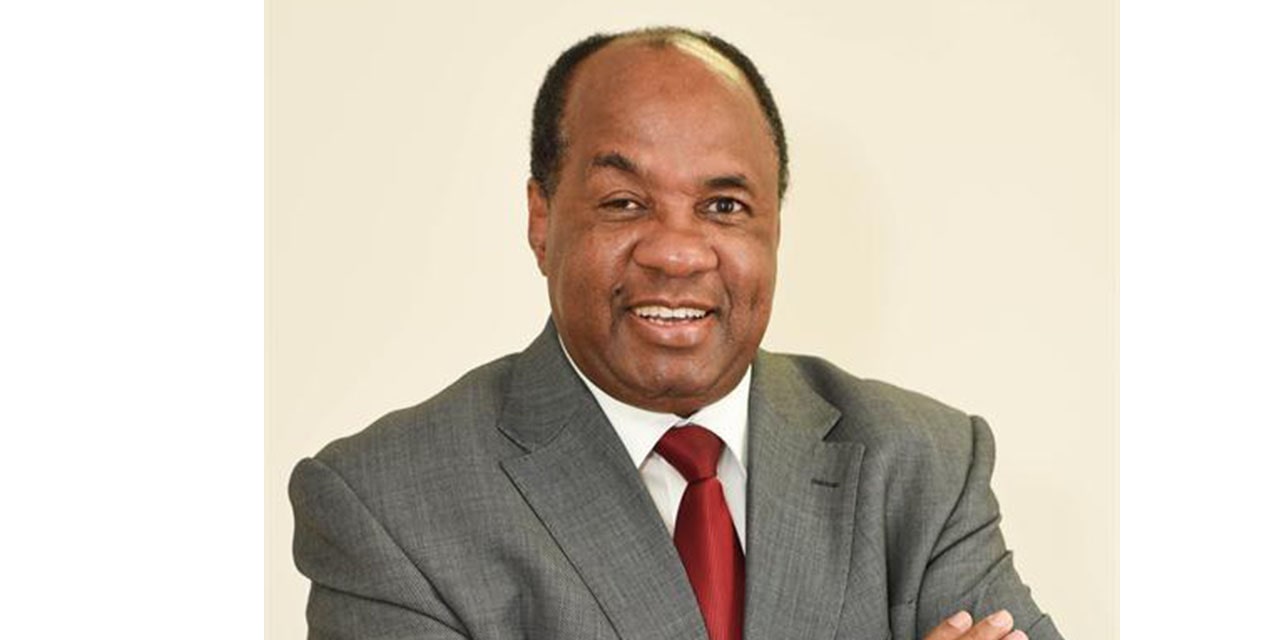Tujoromajo Kasuto
Prices of goods and services are expected to increase as Namibia’s overall inflation is projected to average around 4.4 percent for 2022 and 4.5 percent in 2023, up from 3.6 percent recorded in 2021.
Bank of Namibia’s Governor Johannes !Gawaxab says although the overall inflation remains within a reasonable range, food and transport is expected to increase in the near future and may continue to have a disproportionate effect on the low-income segment of the society and therefore require close monitoring.
The increase in inflation is mainly driven by higher prices for food, transport and housing.
“This was on account of supply constraints for certain food categories, a rise in international oil prices and an increase in dwelling rent, respectively,” he specifies.
On a monthly basis, overall inflation increased to 4.6 percent in January from 4.5 percent in December 2021 and 4.1 percent in November.
The rate of inflation increased while growth in Credit Extended to the Private Sector, continued to slow.
Growth in Private Sector Credit Extension (PSCE) declined an average of 2.4 percent in 2021, lower than the 3.5 percent registered in 2020.
The slowdown in PSCE was due to lower demand for credit by both businesses and households, as a result of slow domestic economic activity as a result of the Covid-19 pandemic.
As at the 31st of January 2022, the preliminary stock of international reserves stood at N$42.9 billion compared to N$43.9 billion at the end of December 2021.
The decline in international reserves was partly due to foreign payments by the Government, commercial bank outflows and the appreciation of the Namibia Dollar during this period.
At this level, international reserves are estimated to cover 5.8 months of imports and hence remain adequate to protect the peg of the Namibia Dollar to the South African Rand as well as meeting the country’s international financial obligations.
Additionally, the Monetary Policy Committee (MPC) of the Central Bank has decided to increase the Repo rate by 25 basis points to four percent.
The MPC is of the view that the rate is appropriate to safeguard the one-to-one link between the Namibia Dollar and the South African Rand, while meeting the country’s international financial obligations.
As a result of this hike borrowing becomes more expensive for business and industries, further slowing investment and money supply in the economy.
Consequently, it has a negative impact on economic growth, which aids in the management of inflation.




